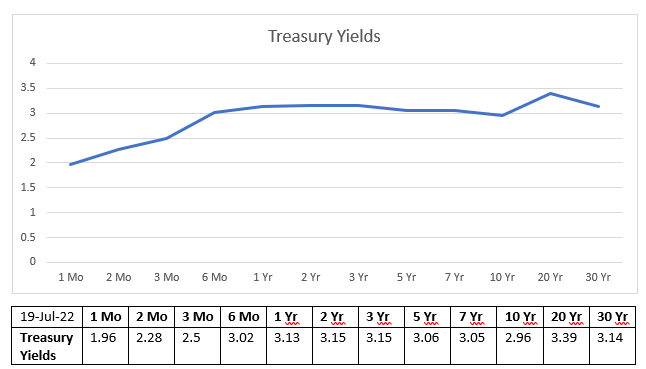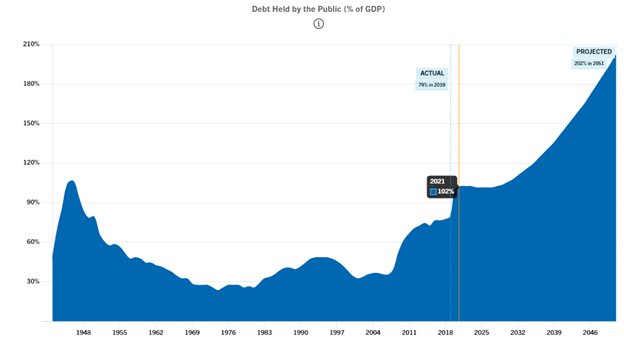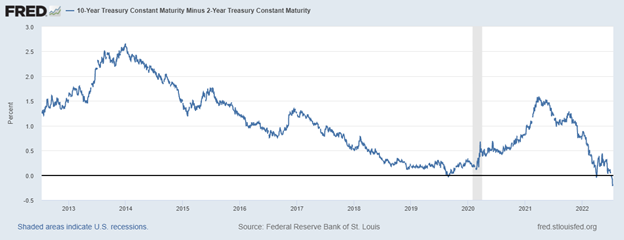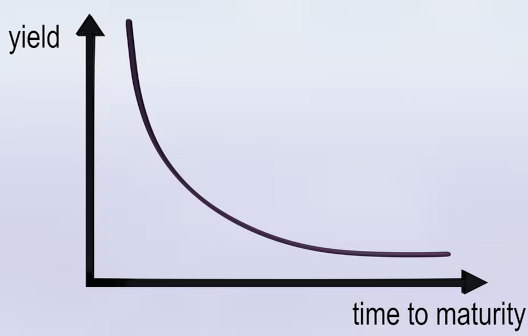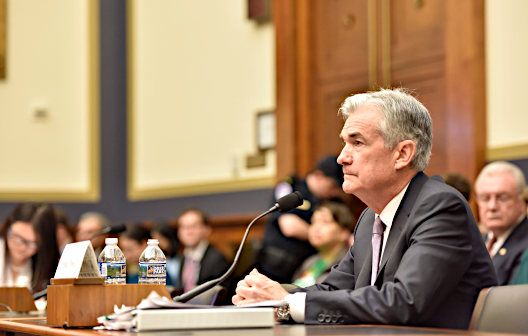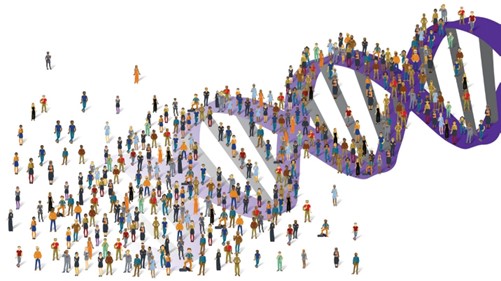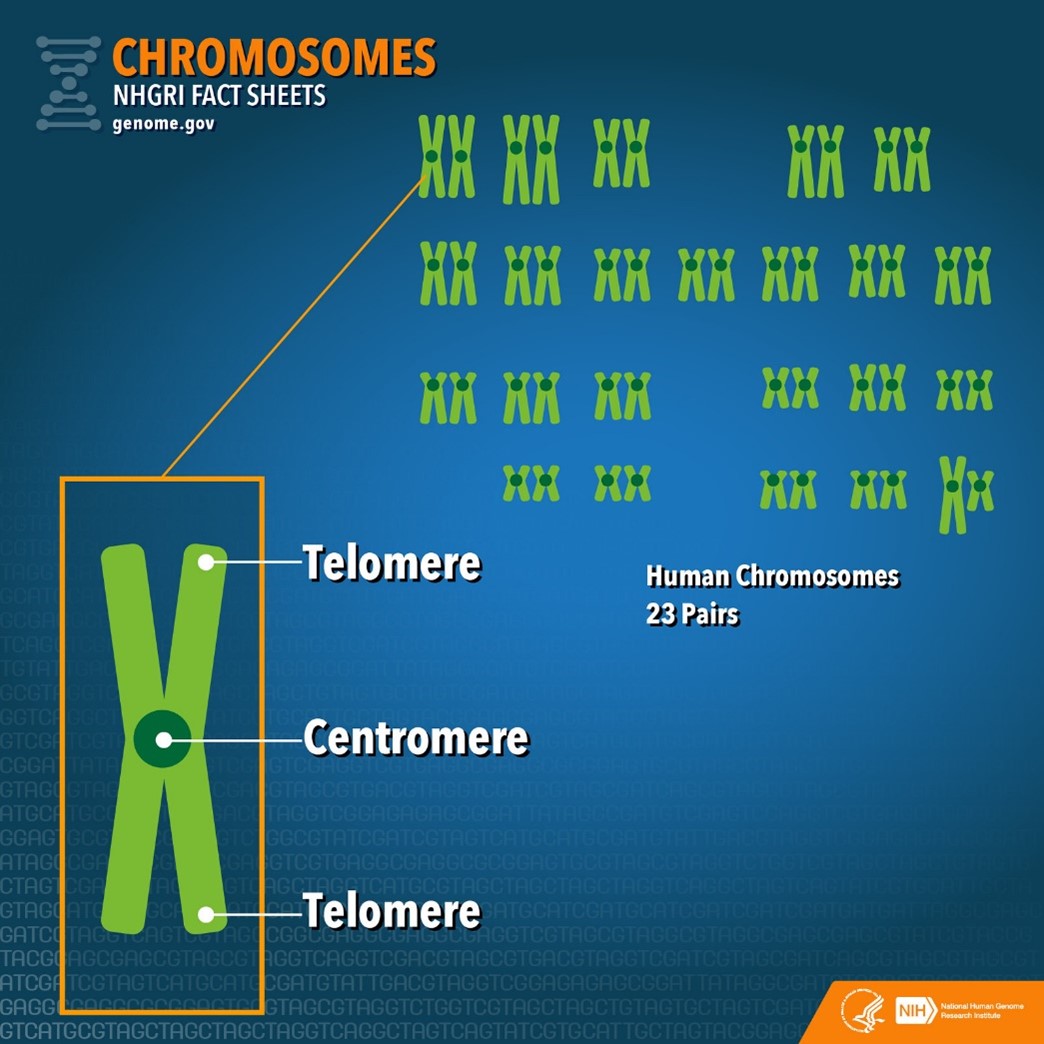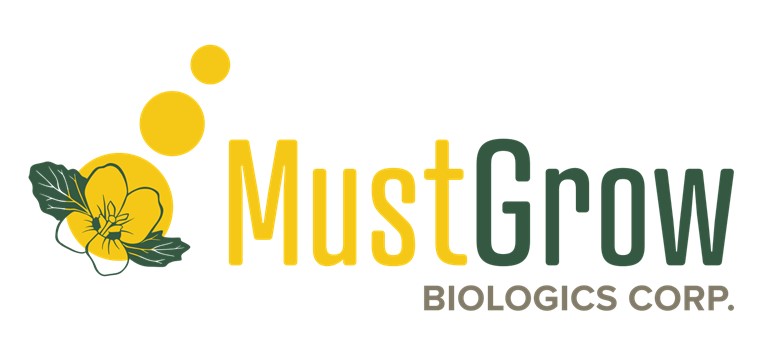
NexusBioAg and MustGrow Biologics Announce Exclusive Marketing and Distribution Agreement in Canada
Research, News, and Market Data on MustGrow Biologics
Collaboration expands
innovative, sustainable and regenerative farming solutions for Canadian growers
Downers Grove, ILL. & SASKATOON, SASK. — July 20, 2022 — Univar Solutions Inc. (NYSE: UNVR) (“Univar
Solutions“), a leading global solutions provider to users of specialty ingredients and chemicals, announced today that NexusBioAg, a division of Univar Solutions, and MustGrow Biologics Corp. (CSE: MGRO) (OTC: MGROF) (FRA: 0C0) (“MustGrow“), an agricultural biotechnology company focused on providing science-based biological solutions for high-value crops, have reached an exclusive marketing and distribution agreement in the Canadian canola and pulse market for TerraMG™, a mustard-derived soil biopesticide technology. The addition of this plant-based technology further diversifies and expands NexusBioAg’s extensive portfolio of inoculants, micronutrients, nitrogen stabilizers and foliars for the Canadian agricultural market.
In 2021, NexusBioAg and MustGrow initiated a field research program to develop MustGrow’s sustainable farming technology in Canadian canola and pulse crops. This technology has the potential to address the agronomic challenges of ClubRoot and Aphanomyces diseases which impact these crops. Building on the past data, the companies now are moving forward to the next stage of the development process. Through this exclusive marketing and distribution agreement, NexusBioAg customers have access to the latest in agronomic innovation, which is yet to be registered with Canada’s Pest Management Regulatory Agency.
“TerraMG complements the NexusBioAg portfolio and we are excited to add this technology to our growing product offering. As the sole distributor of TerraMG in Canada for use in canola and pulse crops, this agreement further reinforces NexusBioAg’s commitment to collaborating with leading manufacturers to launch innovative, sustainable and cutting-edge solutions that provide value to the Canadian agricultural industry and benefit its growers,” said Matthew Ottaway, senior vice president, global consumer solutions for Univar Solutions.
NexusBioAg is committed to launching innovative, cutting-edge products, with a focus on sustainability and regenerative agriculture, which benefit the Canadian agricultural industry and growers. MustGrow specializes in the research and development of organic biopesticides, harnessing the mustard seed’s natural defense mechanism with a technology that has the potential to control diseases, pests and weeds. Combining the proficiencies of both companies in the agriculture market will help Canadian growers benefit from innovative and sustainable farming solutions.
“We are very pleased to partner with an organization like NexusBioAg. Their team’s technical and commercial expertise is unparalleled and will be advantageous in accelerating the development and growth of TerraMG for use in Canadian canola and pulse crops. The NexusBioAg team has tremendous knowledge of the Canadian agriculture market as well as sustainable farming solutions. We look forward to commercializing this biopesticide technology in the Canadian market together,” remarked MustGrow COO Colin Bletsky.
For more information about NexusBioAg’s crop nutrition solutions, please visit nexusbioag.com. To learn more about TerraMG™, visit mustgrow.ca.
About Univar Solutions
Univar Solutions (NYSE: UNVR) is a leading global chemical and ingredient distributor representing a premier portfolio from the world’s leading producers. With the industry’s largest private transportation fleet and technical sales force, unparalleled logistics know-how, deep market and regulatory knowledge, formulation and recipe development, and leading digital tools, Univar Solutions is well-positioned to offer tailored solutions and value-added services to a wide range of markets, industries, and applications. While fulfilling its purpose to help keep communities healthy, fed, clean and safe, Univar Solutions is committed to helping customers and suppliers innovate and focus on Growing Together. Learn more at univarsolutions.com.
About NexusBioAg
Univar Solutions’ NexusBioAg provides an expanded portfolio of crop nutrition solutions, including industry-leading inoculants, micronutrients, nitrogen stabilizers, and foliar products. With a diverse collection of inventory and logistics experts, procurement, customer service, agronomists, and sales and marketing experts, NexusBioAg strives to help meet increasingly unique agricultural businesses’ needs. Through these best-in-class capabilities, a collaborative team-oriented approach, and a commitment to agricultural integrity, NexusBioAg is helping customers innovate and grow. Learn more at NexusBioAg.com.
About MustGrow
MustGrow is an agriculture biotech company developing organic biopesticides and bioherbicides by harnessing the natural defense mechanism of the mustard plant to protect the global food supply from diseases, insect pests, and weeds. MustGrow and its leading global partners — Janssen (pharmaceutical division of Johnson & Johnson), Bayer, Sumitomo Corporation, and Univar Solutions’ NexusBioAg — are developing mustard-based organic solutions to potentially replace harmful synthetic chemicals. Over 100 independent tests have been completed, validating MustGrow’s safe and effective approach to crop and food protection. Pending regulatory approval, MustGrow’s patented liquid products could be applied through injection, standard drip or spray equipment, improving functionality and performance features. Now a platform technology, MustGrow and its global partners are pursuing applications in several different industries from preplant soil treatment and weed control, to postharvest disease control and food preservation. MustGrow has approximately 49.2 million basic common shares issued and outstanding and 55.1 million shares fully diluted. For further details please visit mustgrow.ca.
Univar Forward-Looking Statements
This press release includes certain statements relating to future events and Univar Solutions’ intentions, beliefs, expectations, and predictions for the future, which are “forward-looking statements” within the meaning of Section 27A of the Securities Act of 1933 and Section 21E of the Securities Exchange Act of 1934, as amended. Forward-looking statements are subject to known and unknown risks and uncertainties, many of which may be beyond Univar Solutions’ control. These forward-looking statements are subject to risks and uncertainties that could cause actual results to differ materially from the expectations and assumptions. A detailed discussion of these factors and uncertainties is contained in Univar Solutions’ filings with the Securities and Exchange Commission. Potential factors that could affect such forward-looking statements include, among others: the ultimate geographic spread of the COVID-19 pandemic; the duration and severity of the COVID-19 pandemic; actions that may be taken by governmental authorities to address or otherwise mitigate the impact of the COVID-19 pandemic; the potential negative impacts of COVID-19 on the global economy and Univar Solutions’ customers and suppliers; the overall impact of the COVID-19 pandemic on Univar Solutions’ business, results of operations and financial condition; other fluctuations in general economic conditions, particularly in industrial production and the demands of Univar Solutions’ customers; significant changes in the business strategies of producers or in the operations of Univar Solutions’ customers; increased competitive pressures, including as a result of competitor consolidation; significant changes in the pricing, demand and availability of chemicals; Univar Solutions’ levels of indebtedness, the restrictions imposed by Univar Solutions’ debt instruments, and Univar Solutions’ ability to obtain additional financing when needed; the broad spectrum of laws and regulations that we are subject to, including extensive environmental, health and safety laws and regulations; an inability to integrate the business and systems of companies we acquire, including of Nexeo Solutions, Inc., or to realize the anticipated benefits of such acquisitions; potential business disruptions and security breaches, including cybersecurity incidents; an inability to generate sufficient working capital; increases in transportation and fuel costs and changes in Univar Solutions’ relationship with third party providers; accidents, safety failures, environmental damage, product quality and liability issues and recalls; major or systemic delivery failures involving Univar Solutions’ distribution network or the products we carry; operational risks for which we may not be adequately insured; ongoing litigation and other legal and regulatory risks; challenges associated with international operations; exposure to interest rate and currency fluctuations; potential impairment of goodwill; liabilities associated with acquisitions, ventures and strategic investments; negative developments affecting Univar Solutions’ pension plans and multi-employer pensions; labor disruptions associated with the unionized portion of Univar Solutions’ workforce; and the other factors described in Univar Solutions’ filings with the Securities and Exchange Commission. We caution you that the forward-looking information presented in this press release is not a guarantee of future events or results and that actual events or results may differ materially from those made in or suggested by the forward-looking information contained in this press release. In addition, forward-looking statements generally can be identified by the use of forward-looking terminology such as “may,” “plan,” “seek,” “will,” “expect,” “intend,” “estimate,” “anticipate,” “believe” or “continue” or the negative thereof or variations thereon or similar terminology. Any forward-looking information presented herein is made only as of the date of this press release, and Univar Solutions does not undertake any obligation to update or revise any forward-looking information to reflect changes in assumptions, the occurrence of unanticipated events, or otherwise, except as required by law.
MustGrow Forward-Looking Statements
Certain statements included in this news release constitute “forward-looking statements” which involve known and unknown risks, uncertainties and other factors that may affect the results, performance or achievements of MustGrow.
Generally, forward-looking information can be identified by the use of forward-looking terminology such as “plans”, “expects”, “is expected”, “budget”, “estimates”, “intends”, “anticipates” or “does not anticipate”, or “believes”, or variations of such words and phrases or statements that certain actions, events or results “may”, “could”, “would”, “might”, “occur” or “be achieved”. Examples of forward-looking statements in this news release include, among others, statements MustGrow makes regarding: (i) potential product approvals; (ii) anticipated actions by partners to drive field development work including dose rates, application frequency, application methods, and the regulatory work necessary for commercialization; (iii) expected product efficacy of MustGrow’s mustard-based technologies; and (iv) expected outcomes from collaborations with commercial partners.
Forward-looking statements are subject to a number of risks and uncertainties that may cause the actual results of MustGrow to differ materially from those discussed in such forward-looking statements, and even if such actual results are realized or substantially realized, there can be no assurance that they will have the expected consequences to, or effects on, MustGrow. Important factors that could cause MustGrow’s actual results and financial condition to differ materially from those indicated in the forward-looking statements include, among others, the following: (i) the preferences and choices of agricultural regulators with respect to product approval timelines; (ii) the ability of MustGrow’s partners to meet obligations under their respective agreements; and (iii) other risks described in more detail in MustGrow’s Annual Information Form for the year ended December 31, 2021 and other continuous disclosure documents filed by MustGrow with the applicable securities regulatory authorities which are available at www.sedar.com. Readers are referred to such documents for more detailed information about MustGrow, which is subject to the qualifications, assumptions and notes set forth therein.
This release does not constitute an offer for sale of, nor a solicitation for offers to buy, any securities in the United States.
Neither the CSE nor its Regulation Services Provider (as that term is defined in the policies of the CSE) accepts responsibility for the adequacy or accuracy of this release.
© 2022 MustGrow Biologics Corp. All rights reserved.
